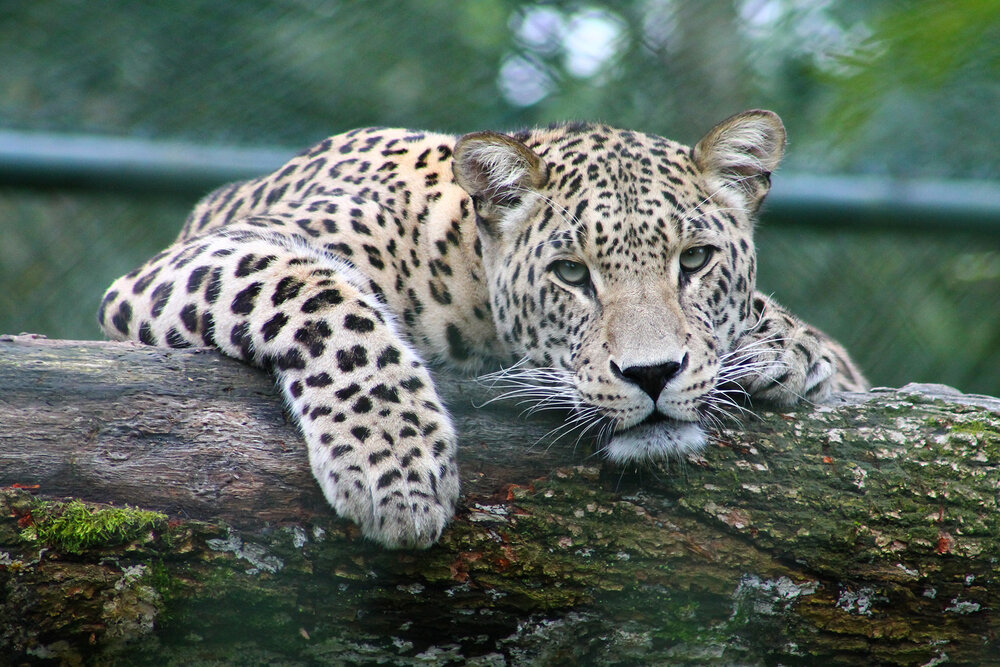National program for leopard conservation to be implemented

TEHRAN – A national leopard conservation plan which was developed some four years ago, will be implemented in the country by the Department of Environment (DOE), Arezoo Sane’ei, director for Asian Leopard Specialist Society has said.
In the Iranian calendar year 1391 (March 2012- March 2013), a comprehensive plan centering on conservation, management, raising awareness, research and monitoring of Persian Leopard was proposed, which was fully drawn up three years later.
The program which brings together the responsible officials, and NGOs as well as academic society, finally will go into effect thanks to the DOE’s efforts, she added.
Although, no budget has been earmarked in this regard, the implementation is possible in case of the responsible bodies cooperation and using available resources, she highlighted.
Pointing out that the plan has been designed with numerous organizations cooperating in this regard, she noted that some 47 related organizations have been tasked with implementing the plans, IRNA reported on Sunday.
She went on to explain that the main issues addressed in the plan include chapters on habitats and areas protected by DOE, veterinary services, diseases, relief and rescue operations, transboundary habitats, leopard insurance plan, research, monitoring and evaluation, genetic reserves, leopard national network, and education and empowerment of the public.
The Persian leopard is listed as Endangered on the International Union for Conservation of Nature (IUCN) Red List; the population is estimated at fewer than 871–1,290 mature individuals and considered declining.
According to the Department of Environment, 156 leopards have been killed in Iran from 2005 to 2014, nearly 20 leopards a year. Studies indicate that currently there are less than 500 leopards nationwide.
Persian leopards are mainly threatened by poaching, depletion of their prey base due to poaching, human disturbances, habitat loss due to deforestation, fire, agricultural expansion, overgrazing, and infrastructure development.
In Iran, primary threats are habitat disturbances followed by illegal hunting and excess of livestock in the leopard habitats. The leopards’ chances for survival outside protected areas appear very slim.
FB/MQ/MG
Leave a Comment